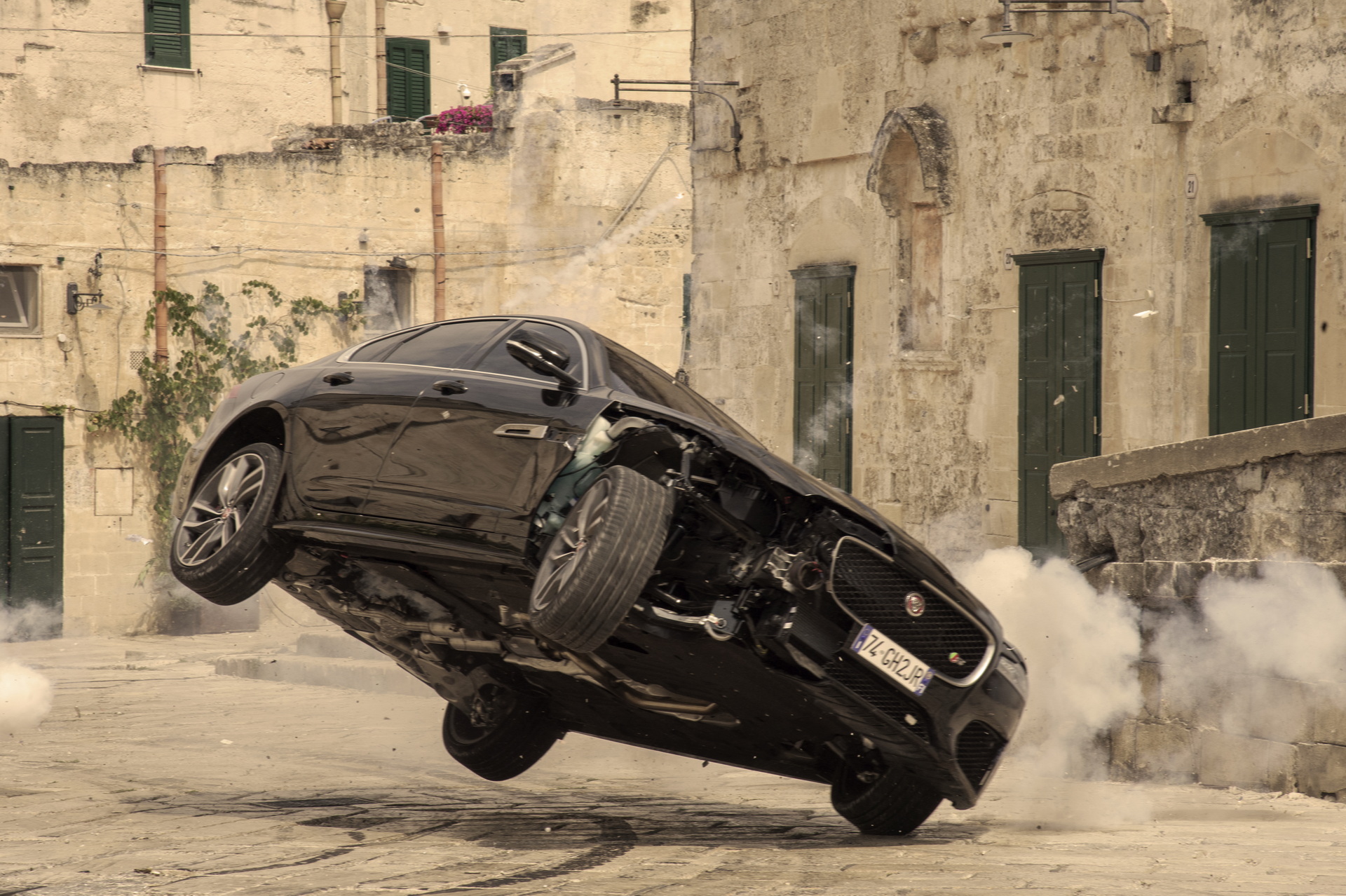CGI has become such an integral part of modern moviemaking, that it’s tempting to presume that almost everything we see is done in front of a green screen. And with a gigantic $250-300 million budget at their disposal, the producers behind No Time To Die could afford the best computer technology in the game.
So it might come as a surprise to learn that while Daniel Craig’s final 007 outing does contain plenty of CGI work, much of the incredible early chase sequence involving Bond’s 007 careering around the ancient Italian city of Matera was actually done for real.
Whether you’ve already watched the latest Bond movie or not, you might feel like you’ve had your fill of No Time To Die content. But you’ll not regret watching this excellent video from Insider, which uncovers some of the secrets behind that chase and reveals some interesting surprises along the way, including that the stunt team got through 8400 gallons of soda.
That wasn’t because they were left parched after multiple long days shooting in the Italian sun. The stunt coordinators realized that the cobbles on Matera’s ancient streets would be far too slippery for the kind of high-speed action they wanted to film using cars and motorbikes.
Related: What’s The Best Bond Movie Car Not Driven By 007?
So they came up with the idea of pouring vast amounts of soda onto the streets and let the southern Italian climate work its magic. When the soda dried in the hot sun it left the road surface sticky and much grippier, a bit like how the special Trackbite resin coating applied to drag strips helps powerful cars hook up in the quarter-mile.
Other drag racing tech includes the use of a line lock on the left front wheel, allowing Bond to pivot the car on the spot while he sprayed the city’s ancient walls with bullets. Or did he? In fact, the producers constructed fake city walls in front of the real ones to ensure the city was not damaged during the shoot
They had to do some clever calculations to make sure the explosions rigged into those walls to mimic bullet impacts matched with the rotation of the BD5, one of 10 Aston Martins (or Aston Martin lookalikes) used in the sequence. Bond special effects whizz Chris Corbould reckons that 95 percent of the sequence was real, with CGI only providing the final 5 percent polish.




